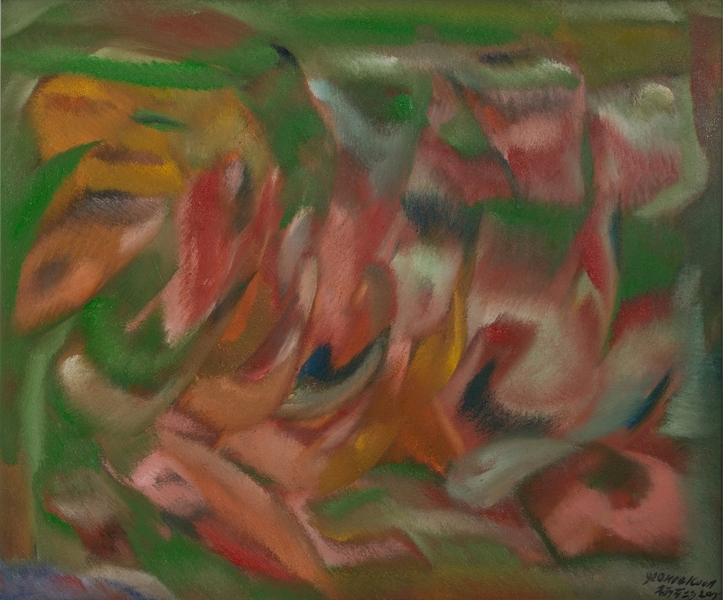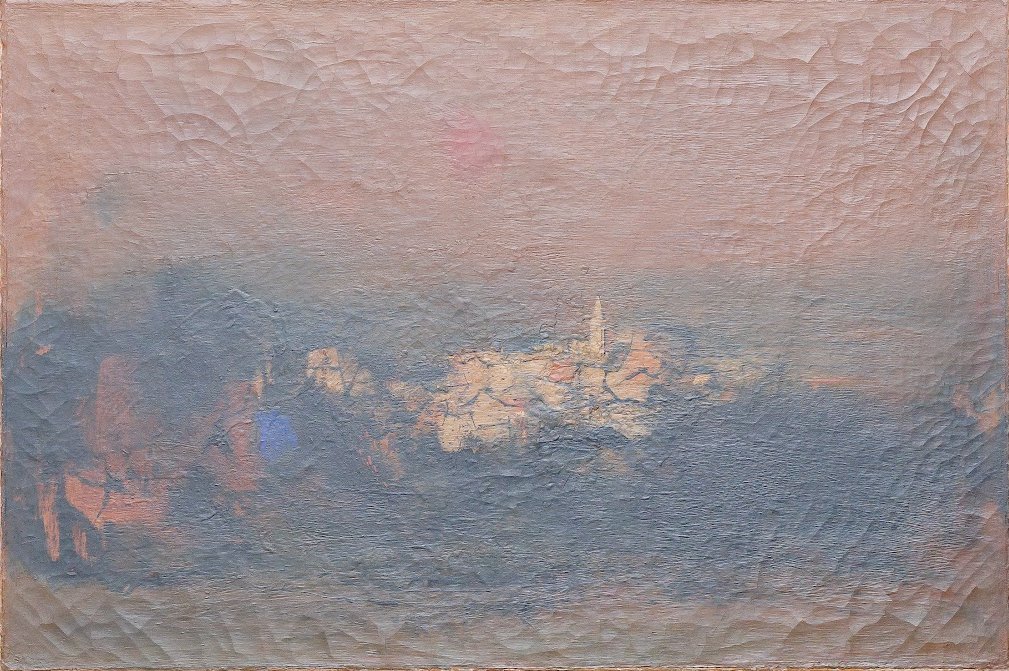Acrylic Painting on Canvas Team Bonding Art Jamming Singapore Visual Arts Centre
























Yeo Hoe Koon
Oil on Canvas
64 x 89.5 cm
Price Range: $16,000 - $20,000

Yeo Hoe Koon
Oil on Canvas
101 x 123 cm
Price Range: $26,000 - $32,000

Chen Wen Hsi
Chinese Ink and Color on Paper
50 x 54cm
Price Range: SGD $42,000 - $50,000

Cheong Soo Pieng
Red Tone
61 x 91.5cm
Price Range: SGD $108,000 - $138,000

Cheong Soo Pieng
Abstract Landscape
50 x 61cm
Price Range: SGD $95,000 -$128,000

Fan Shao Hua
Chinese Ink and Colour on Paper
100 x 100cm
Price Range: SGD $9,800 - $14,800

Fan Shao Hua
Chinese Ink and Colour on Paper
100 x 100cm
Price Range: SGD $8,800 - $13,800

对南洋画派新加坡第. 记得在2013年我们画廊刚成立时,得力于几个新加坡老一代收藏家的大力支持和信任,我们画廊的第一个展览就是汇聚他们藏品的《新加坡第一代艺术先驱》-南洋画派始祖画家画展。这个展览机会让我们通过藏家便进一步了解第一代艺术家的经历和故事。而我们又通过欣赏作品再结合艺术家的故事,进而对南洋画派有了更加深刻的印象。
从2013年至今,我们举办过多次大型画展,有新加坡第一代已故画家遗作展,新加坡第二代画家展览;新加坡当代画家展览;新加坡实力派名家画展;新加坡青年画家展览等。在无数次画展中,通过和画家还有众藏家接触中,新加坡第一代和第二代画家作品还是在人们当中最具分量的。真可谓没有新加坡第一代画家就没有南洋画派;就没有新加坡艺术。
那么,到底什么是南洋画派?南洋画派的代表,新加坡第一代画家领军人物是谁?
我们首先来了解一下“南洋画派”的开山鼻祖之一,新加坡第一代艺术先驱陈文希(1906 – 1992)。
提起陈文希,新加坡新一代年轻人可能并不熟悉,实际上绝大多数新加坡人都接触过他的作品——他的代表作《枯藤双猿图》就印在每张50新币的纸币背面。
陈文希出生于 1906年出生在中国广东省揭阳县, 他中学毕业后,考入上海美专,后转校至新华艺术专科学校,受教于潘天寿等名师。1928年与陈宗瑞等画友合力创办春阳绘画社,并在汕头、广州、香港、上海等城市举行个展。1937年,参与在南京举行的中国第二届全国美展,受到徐悲鸿赏识,同年,被英国画室杂志列入当代中国十大画家之一。1948年,陈文希远道下南洋,先后任教于新加坡华侨中学、南洋美术专科学校(下文统一简称“南洋美专“)。1952年,陈文希和刘抗、钟泗滨、陈宗瑞,结伴到印尼峇厘岛旅游写生创作。次年,四人在新加坡联合举办轰动一时的“峇厘之旅作品展”,此后一种展现南洋地区社会风貌的艺术语言逐步形成——“南洋画派”,奠定了他们“四大先驱画家”的地位。
Click and get to our WhatsApp
Embark on a captivating journey into the vibrant world of digital art! Our Foundation in Digital Art workshop invites budding creatives aged nine and above to unleash their imagination and hone their artistic skills in a dynamic, supportive environment. From mastering basic digital tools to crafting mesmerizing digital masterpieces, children will explore a spectrum of techniques guided by seasoned mentors. Through hands-on activities and interactive sessions, participants will discover the endless possibilities of digital expression while fostering creativity and critical thinking. Join us for an exhilarating adventure where young artists transform ideas into stunning visual realities, igniting a passion for digital art
In the Batik Introduction Handkerchief Painting workshop, participants will learn the traditional art of batik, a wax-resist dyeing technique originating from Indonesia. The workshop begins with a brief history and overview of batik, highlighting its cultural significance and various techniques. Participants will then observe a demonstration of applying wax with tjanting tools and dyeing the fabric. Following the demonstration, each participant will design and create their own batik handkerchief, applying wax to create patterns and then dyeing their fabric. The workshop concludes with a group discussion, allowing participants to share their creations and reflect on their learning experience.